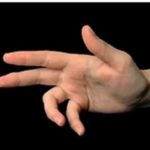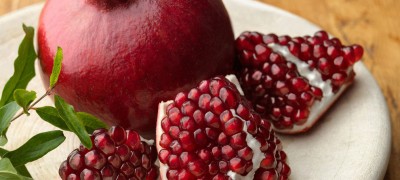How to learn to eat with sushi chopsticks
In European society, there is a stereotype that sushi is eaten with chopsticks exclusively in tribute to the ethnocultural traditions of oriental cuisine. Meanwhile, replacing Japanese hashi (chopsticks) with standard cutlery will inevitably ruin and complicate the whole process of consuming sushi.

First of all, the gourmet immediately has problems dipping sushi in the sauce. Usually, after dipping a portion of this food into a bowl, it is slightly shaken over it. Those drops that have not been absorbed into the portion fall back and do not smear everything around. Whereas when using a fork, the sushi is slightly deformed, and after dipping it is better not to shake it.

The product can be partially destroyed, and the filling pieces can spoil the whole aesthetics of food consumption. And the structure of a culinary work, destroyed with a knife and a fork, can significantly change the taste perception of a dish.

Types of sushi sticks
Another European stereotype is associated with the idea of \ u200b \ u200bthe types of chopsticks. Many people believe that there are only two or three types of sticks. In fact, there are a lot of them. They differ in shape, length, and material of manufacture.

Below are photos and descriptions of the most common types of sushi sticks:
- Wooden. In Japan, thin short bamboo hasi with characteristic patterns are very popular. In Chinese cities, cheap, medium-length disposable quaizi are common. Meanwhile, the villagers of the Celestial Empire prefer sticks that are much larger than the city ones in length and thickness, with which it is convenient to extract pieces of meat or fish from a vat in the center of the table in the circle of a large family.
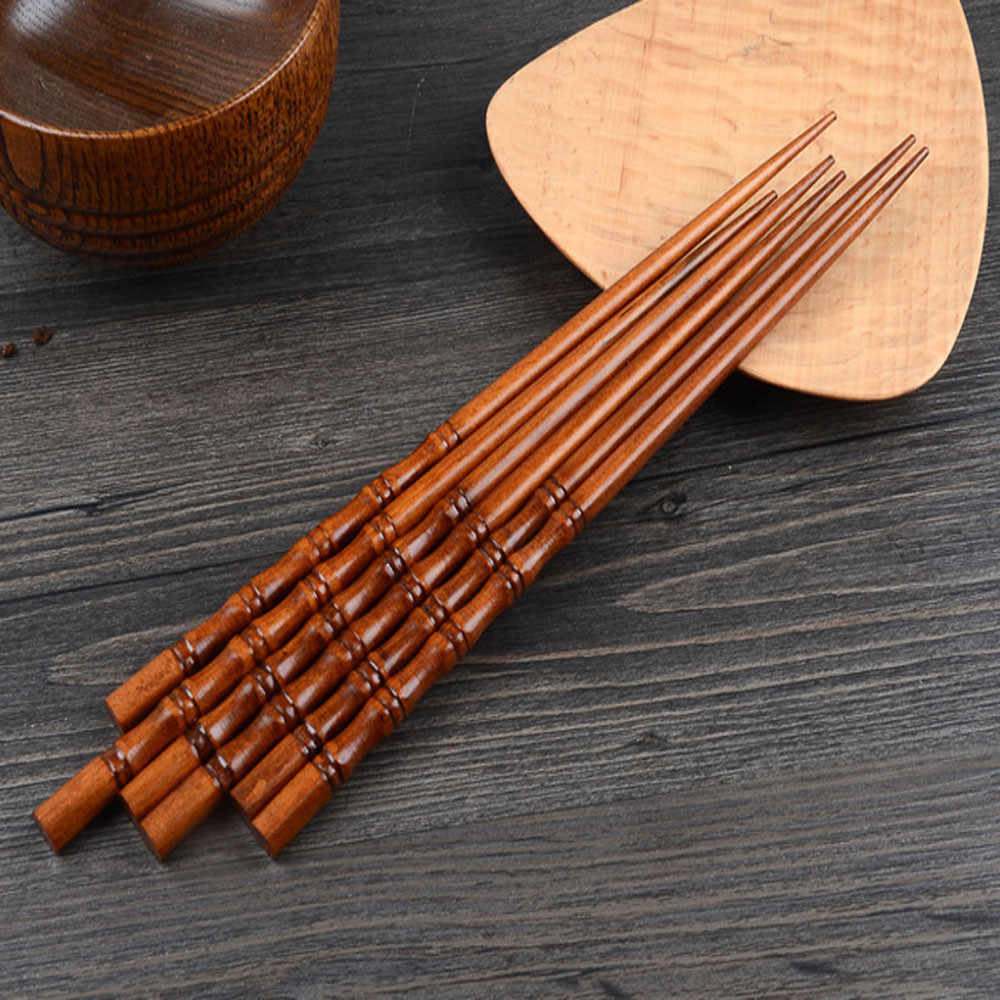
- Plastic. The advent of plastics in society made it possible to significantly reduce the cost of cutlery and tableware. Plastic sticks are divided into heat-resistant and cold snacks. In this case, even heat-resistant products are not recommended to be used when gripping or stirring foods that are too hot.

- Metallic. They are made from silver or from simple alloys. Metal chokkaraks are widely used in everyday life among the inhabitants of North and South Korea. It is believed that due to the additional acupressure of the fingers during meals, such table attributes prolong the life of their owners. And silver reacts to organic poisons and is able to warn a person about the staleness of food. True, such sticks are the most uncomfortable, and after them, European gourmets often get sore fingers.
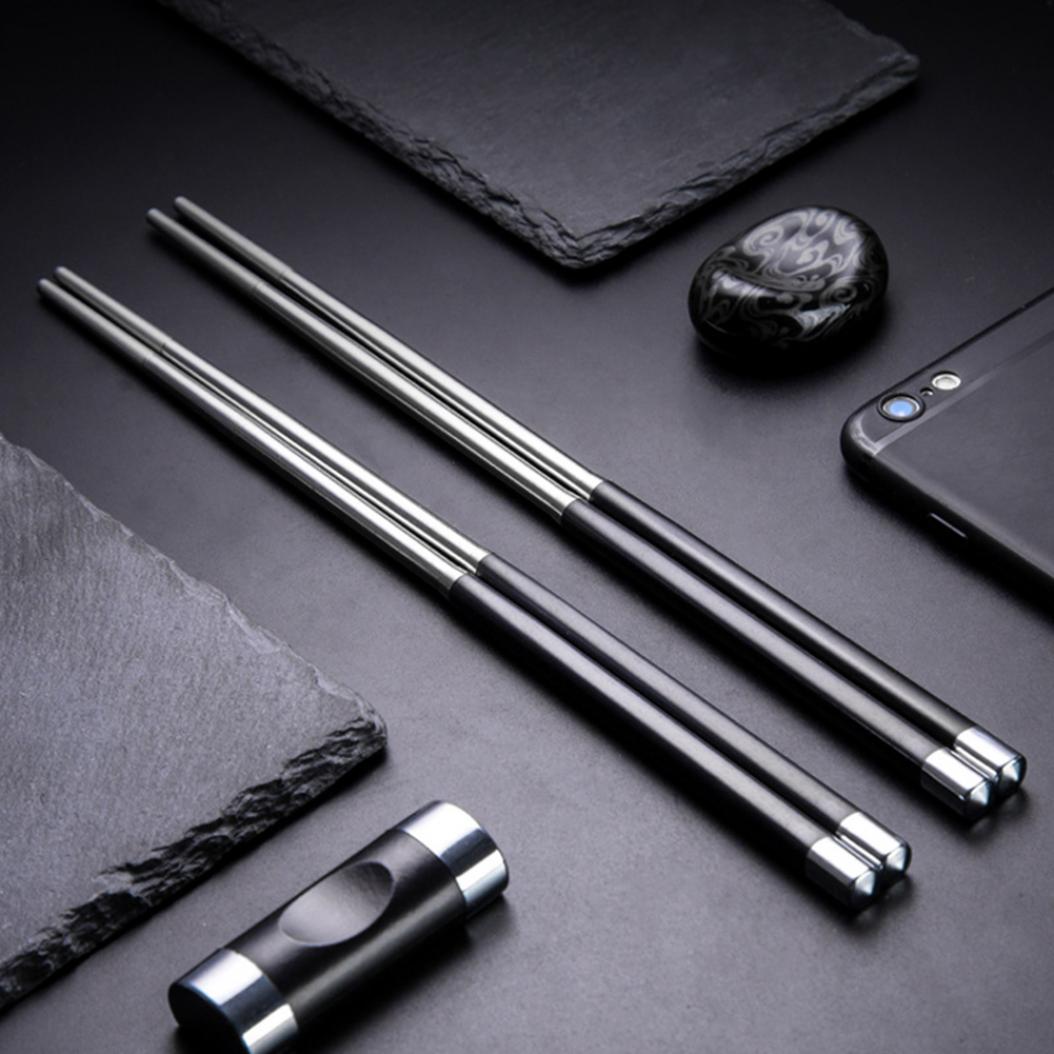
- Bone. In Asian culture, it is believed that bones in themselves have healing properties and, in contact with them, a person receives the strength and character of an animal. For durability, they are covered with a protective layer.

- Stone.They are made mainly of jade, which is usually enclosed in a mesh or ring-shaped frame. Stone sticks can be used for their intended purpose, but they are purchased mainly when creating glamorous pictures for elite interiors.

How to hold sushi sticks correctly
Some connoisseurs of Japanese culture suggest not simplifying the educational process and starting right away with long nuribashi. They argue that, getting used to comfortable flat or ribbed appliances at home, a person in an Asian restaurant may well get into trouble.

Despite the general principle of gripping with the fingers, in the absence of skill, the rounder Nuribashi will begin to slip out of the hands. Experts advise you to start learning with special training sticks. Training devices differ from ordinary types in that their upper ends are fixed with a removable holder, and in the middle there are rings, thanks to which the sticks are attached to the fingers. Over time, the learner's fingers get used to the correct grip, and then he gradually learns to use chopsticks without a holder and rings.

However, there are times in life when it is necessary to quickly acquire the skills of using restaurant chopsticks, so that, depicting ceremonial slowness, carefully consume sushi and rolls without splashing anyone or dropping the nuribashi from your hands.

To do this, before proceeding to step-by-step practice of gripping with your fingers, you must first understand the basic principles of these intricate cutlery:
- The ends of the sticks should be flush. For alignment in the hand of the "moved out" nuribashi, they are brought to the general level by lightly tapping their tips on the surface of the table.
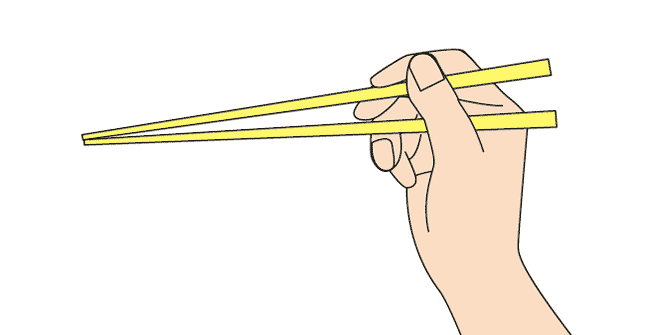
- The upper ends of the sticks should protrude outward by at least a few centimeters, and the lower ends should visually come out of the hand at a greater distance than the upper ones. One important detail is noteworthy here: the size of the hands of the Japanese is much smaller than that of the Europeans. And the 15-20-centimeter hasi is enough for the Japanese to use. But long-armed Europeans with such indicators are forced to either sacrifice the upper levers for balance, or the lower geometry of the working triangle, forcing the tips of the hashi to divorce with great effort.

- If the upper half of the Nuribashi or Hashi is thicker than the pointed lower half, then such cutlery is counterweight. Part of the weight of the captured food is compensated by the weight of the opposite half. Due to the "leverage" effect on gripping and holding the fingers, less effort is required, but at the same time keeping them empty and suspended is not as comfortable as balanced sticks.

- The pressure of the finger grip should not be strong or weak. A strong grip when moving instinctively makes the hand clench into a fist, which can lead to a loss of coordination between the tips and the fall of the piece of sushi. In addition, hashi clenched in a fist is considered in Japan to be an unacceptable gesture of possible aggression in public. Weak fixation will cause the sticks to slide off the fingers.

- Factory products must be wiped off after unpacking in order to avoid splinters on the hands and microscopic chips in the plate. It is better to squeeze round nuribashi between your hands and roll them against each other. But it is important to know that in real Japanese restaurants, rubbing sticks is considered an insult to all service personnel.Thus, the client expresses distrust of the waiters, who, according to the rules, are obliged to provide the visitor with perfectly prepared cutlery.

How to hold sushi sticks correctly: diagram
- The first stick (nuribashi or kuayzi) is placed between the upper knuckle of the ring finger phalanx and the middle finger. Clamping is recommended to be done in the center of the nuribashi. During training, you can stretch your palm parallel to the floor with the inner part down and place one Nuribashi between the fingers with the pointed end up.
- Without unclenching the grip of the middle and ring fingers, the blunt end is inserted into the "fossa" between the index and thumb. The blunt end is pressed against the "fossa" with the lower part of the thumb. The upper part of the thumb remains mobile.
- The second stick is applied to the near edge in half over the middle finger, and the next half is clamped between the pads of the index and thumb.
- Without unclenching the grips, the phalanges of the fingers are slightly straightened. The grip of the fingers is slightly loosened and, helping from above with the other hand, the nuribashi are aligned on the hard surface of the table. In the East, after placing between the fingers of both nuribashi, the other hand is not used for correction. The sticks are simply tapped on the surface to the desired level. But this requires at least a little experience and skill.
- The lower stick is rigidly fixed on both sides with your fingers. The upper stick is clamped by the index and thumb. Moving these fingers, the grip tips are diluted and brought together.
Instructional video with step-by-step instructions. What else is convenient to eat with chopsticks?
Chopsticks eat not only pieces of food, but also crumbly food. A bowl of rice in the east is raised to the head, and quickly wielding the rolled ends of the chopsticks, they send the rice grains directly into the mouth. If the bowl or plate is hot, then the Orientals, on the contrary, tilt their head towards the bowl. But the latter is unacceptable in decent establishments, and it is better to wait until the dishes have cooled down.

Soups can also be consumed with Nurabashi, Hashi, or Quaizi. At the same time, the thick is carefully snatched out of the bowl, and the broth is sipped from the edge, like from a cup. It is also convenient to grab sauerkraut, herbs and spaghetti with chopsticks.

And, of course, rolls, which do not recognize forks or knives, occupy a special place in oriental cuisine. However, using sticks to hold the rolls is quite simple. The rolls grab the sides, rise and dip in the sauce.

An attempt to grab the center with a filling or string the roll like on a skewer can lead to its collapse. In addition, piercing food with a stick is considered extremely inappropriate in some Eastern cultures.

VIDEO: How to eat sushi and rolls with chopsticks correctly.
